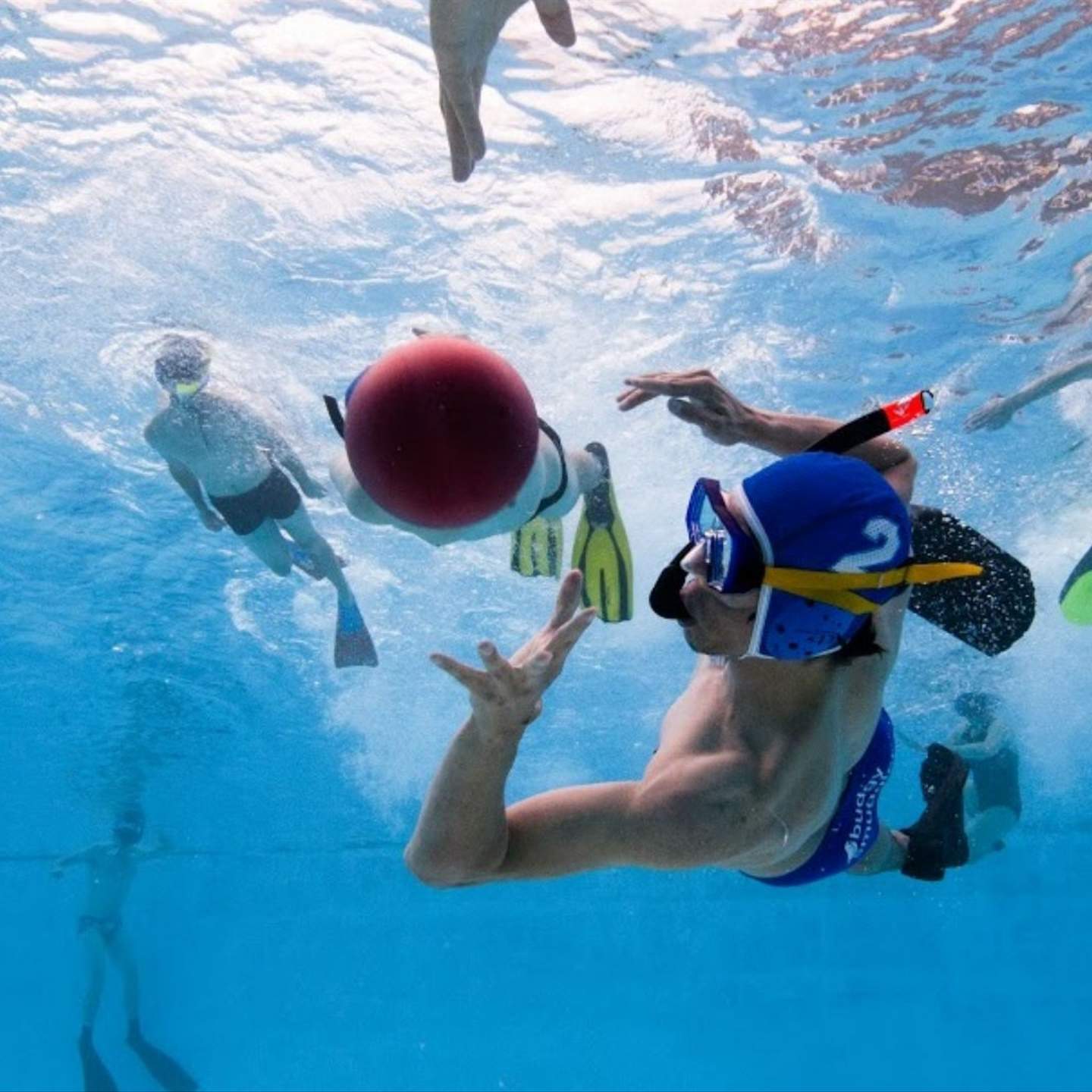Underwater Rugby: A Subaquatic Battle for the Ball
Imagine a world where the laws of gravity don’t apply, where athletes navigate through a three-dimensional aquatic space, competing for possession of a ball at the bottom of the pool. Welcome to the exhilarating realm of underwater rugby, a sport that combines elements of rugby, soccer, and water polo, creating a unique and challenging experience for its participants.
The Origin of Underwater Rugby
Underwater rugby originated in Germany in the 1960s as a way to keep divers fit during the winter months. Over the years, the sport evolved into a competitive game with its own set of rules and a dedicated global community. Today, it boasts a growing fan base and is played in countries around the world.
The Game Dynamics
The game is played in a pool with a depth of at least three meters. Two teams of six players each compete to score goals by placing a negatively buoyant ball in the opponent’s basket at the bottom of the pool. Players wear fins, a mask, and a snorkel, allowing them to move efficiently underwater and stay submerged for extended periods.
Underwater rugby is not for the faint of heart. It requires a unique combination of skills, including breath control, swimming proficiency, and strategic thinking. The players must work together seamlessly, passing the ball and defending against the opposing team’s relentless attacks. The dynamic nature of the game, combined with the limited time players can spend underwater, adds an extra layer of intensity to the competition.
Training and Fitness
Participating in underwater rugby demands a high level of physical fitness. Players must develop strong swimming abilities, endurance, and breath-holding capacity. Training sessions typically include a mix of swimming drills, ball-handling exercises, and tactical discussions to enhance team coordination.
The sport also requires mental toughness. Athletes need to stay calm under pressure, make split-second decisions, and communicate effectively with their teammates. The combination of physical and mental challenges makes underwater rugby a holistic and demanding sport that appeals to those seeking a unique athletic experience.
Joining the Underwater Rugby Community
For those intrigued by the idea of underwater rugby, joining a local club is the first step. Many cities around the world have underwater rugby clubs that welcome newcomers, regardless of their swimming or diving experience. These clubs often provide introductory sessions, where beginners can learn the basics of the game and try it out in a controlled environment.
Being part of the underwater rugby community goes beyond the pool. Players often form close-knit bonds with their teammates, sharing a passion for the sport and a commitment to its growth. Tournaments and events bring the global community together, fostering friendships and a sense of camaraderie among players from different backgrounds.
Frequently Asked Questions (FAQs)
Q1: Is underwater rugby safe for beginners?
A1: Yes, underwater rugby is generally safe for beginners. Clubs often provide introductory sessions with experienced players guiding newcomers. It’s essential to follow safety guidelines, wear proper equipment, and gradually build skills and confidence in the water.
Q2: Can anyone join an underwater rugby club, or do I need prior diving experience?
A2: Most clubs welcome individuals with varying levels of swimming and diving experience. While prior experience can be beneficial, many players start with minimal skills and gradually improve through training and practice.
Q3: What equipment do I need to play underwater rugby?
A3: Players typically need fins, a mask, a snorkel, and a water polo cap. The club will provide the underwater rugby ball. As players progress, they may choose to invest in a wetsuit for added comfort and protection.
Embark on the underwater rugby journey, and discover a thrilling sport that challenges both the body and mind. Join the community, dive into the action, and experience the subaquatic battle for the ball firsthand.

